|
Wednesday, October 23, 2019
|
|

|
|
|
Monthly newsletter focusing on how light-based technologies are being used in the life sciences. Includes news, features and product developments in lasers, imaging, optics, spectroscopy, microscopy, lighting and more. Manage your Photonics Media membership at Photonics.com/subscribe.
|
|
|
|
sponsor
|

|
|
Optics Peers Through the Haze of Dementia
As the number of people suffering from Alzheimer’s disease (AD) and related dementias grows, so too does the pressure on the medical community to identify dementias as early as possible and potentially treat them. Researchers on both sides of the Atlantic are using optical technologies to capture the manifestations of dementia in the brain before outward symptoms of the condition occur.
|
|
|
|
|
|
Commercial Small Animal Imaging Could Aid Disease Detection
The development of anticancer metastatic therapies for human clinical trials requires meticulous evaluation of efficacy and optimization of small animal test models in preclinical experimentation. Critical information on morphology and the molecular microenvironment of tumors is currently obtained and monitored using noninvasive, in vivo imaging methods. Detection of individual, small tumors (separated by 2 mm or less) pushes the limits of small animal imaging modalities currently on the market, which can prohibit noninvasive quantification of the volume of metastatic lesions.
|
|
|
|
|
|
Nano-Optic Endoscope Gets Clearer View of Organs
The emergence of innovative imaging techniques has enabled several medical applications in detection, diagnosis, and monitoring of diseases. However, there still exists a gap in the imaging of internal organs where tissues are not readily accessible. The inability to accurately visualize the structure and function of tissues in vivo impedes accurate screening, diagnosis, and guiding/monitoring of diseases in internal organs. Clinical studies for understanding pathogenesis are mostly histological; they contain very limited spatial and temporal information and do not provide a view of broad morphological changes caused by diseases. An imaging system capable of accurately visualizing the structure and function of tissues in vivo is crucial in overcoming these clinical hurdles.
|
|
|
|
|
|
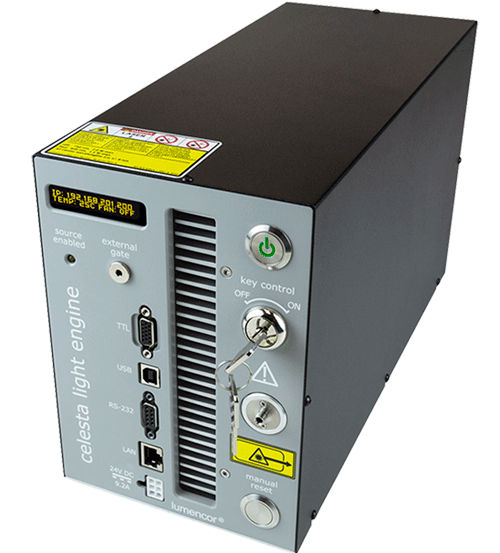 New CELESTA Light Engine
New CELESTA Light Engine
Lumencor Inc.
Lumencor’s CELESTA light engine is the ideal light source for spinning disk confocal microscopy, optogenetics, and muliplexed single-molecule RNA imaging, combining 7 individually addressable multimode laser light sources with advanced electronic control systems.
Visit Website
Request Info
|
|
|
 Alluxa Ultra Series Filters and Coatings
Alluxa Ultra Series Filters and Coatings
Alluxa
Alluxa Ultra Series Filters, including Narrowband, Dichroic, UV, IR, and Notch filters, provide the highest performance optical thin film solutions available today. For example, the Ultra Series Flat Top Narrowband filters offer the narrowest bandwidths and squarest filter profiles in the industry.
Visit Website
Request Info
|
|
|
|
|
|
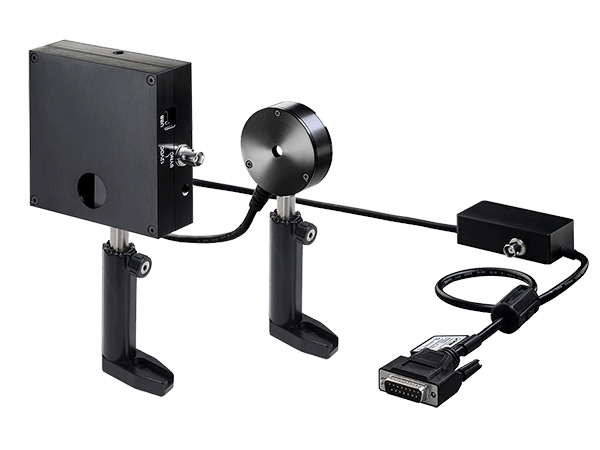 LIAD Lock-in Amplifier Detectors
LIAD Lock-in Amplifier Detectors
MKS/Newport
The LIAD series Lock-in Amplifier Detectors are ideal detectors for calibrated power measurements of very low-level-light sources. The detectors are used in conjunction with chopped (at 18 Hz) CW or quasi CW radiation, using a digitally synthesized lock-in amplifier to reduce external noise to a minimum.
Visit Website
Request Info
|
|
|
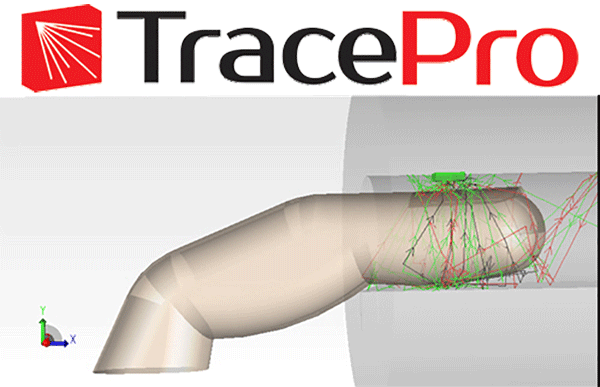 TracePro Enhances Life Science Research
TracePro Enhances Life Science Research
Lambda Research Corp.
Life Science Research & Discovery Optical modeling for life science research requires an extraordinary degree of interdisciplinary collaboration among medical doctors, life scientists, and biomedical design engineers. TracePro offers:
- Intuitive Modeling Environment
- Collaboration-Enhancing
Visit Website
Request Info
|
|
|
|
|
|
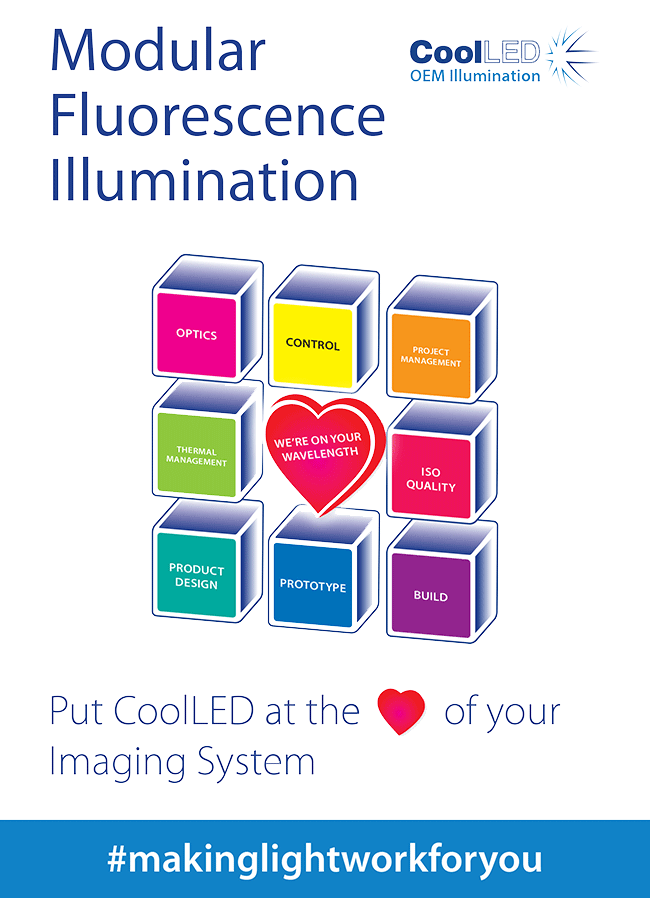 OEM LED Illumination Service
OEM LED Illumination Service
CoolLED Ltd.
CoolLED is expanding its OEM LED Illumination business to give developers of high-content screening and slide scanning systems a competitive edge in the market. Since introducing the first commercially available LED illumination system in 2006, the company has led the way in light source technology for fluorescence...
Visit Website
Request Info
|
|
|
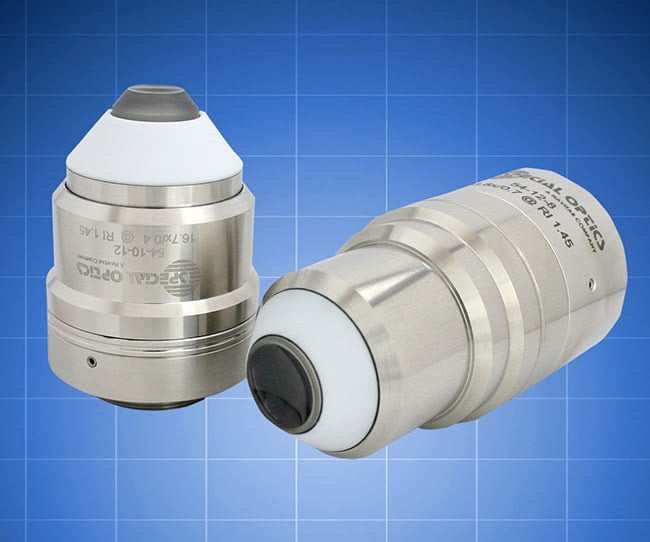 Multi-Immersion Objectives
Multi-Immersion Objectives
Applied Scientific Instrumentation Inc.
ASI and Special Optics developed two objective lenses for light sheet imaging of cleared tissue samples as well as live cell imaging. Because of their unique curved first surface, both objectives work with all media regardless of refractive index...
Visit Website
Request Info
|
|
|
|
|
|
Light-Activated Biohybrid Bots Drive Muscle Activity Through Nerve Cells
Researchers from the University of Illinois at Urbana-Champaign have developed soft, microscopic, swimming biohybrid robots powered by skeletal muscle tissue that is stimulated by onboard motor neurons. The neurons have optogenetic properties — upon exposure to light, they fire to actuate the muscle tissue.
|
|
|
|
|
|
Researchers at Istituto Italiano di Tecnologia have shown that optical modulation can be exploited to directly control the fate of a progenitor cell population to facilitate the formation of new blood vessels. The researchers combined the use of photosensitive, biocompatible polymers with visible light excitation to gain optical control of cell fate.
|
|
|
|
Using a 3D virtual reality model to prepare for kidney tumor surgery could substantially improve the outcome of the procedure. A team led by UCLA found specifically that such preparation can result in reduced operating times, less blood loss during the procedure, and shorter hospital stays.
|
|
|
|
Vision Systems for Deep Learning
Thu, Dec 12, 2019 1:00 PM - 2:00 PM EST
Algorithms for artificial intelligence are improving rapidly. In the medical and life sciences fields, many classification problems that were once considered to be “nonsolvable” by machines can now be solved with an impressive level of accuracy and robustness. This webinar, presented by Basler, will give you an overview of three different types of vision systems that can be used to deploy a trained neural network in the medical and life sciences fields. The three system architectures are: Embedded; PC-based; and FPGA-based. The webinar will discuss how these system architectures differ in their total cost of ownership, in the engineering effort required to deploy them, and in overall system performance.
|
|
|
|
Features
Surgical Robotics, Quantitative Phase Imaging, Photoacoustic Tomography, and more.
Photonics Media is currently seeking technical feature articles on a variety of topics for publication in our magazine BioPhotonics. Please submit an informal 100-word abstract to Senior Editor Doug Farmer at Doug.Farmer@Photonics.com or use our online submission form www.photonics.com/submitfeature.aspx.
|
|
|
|